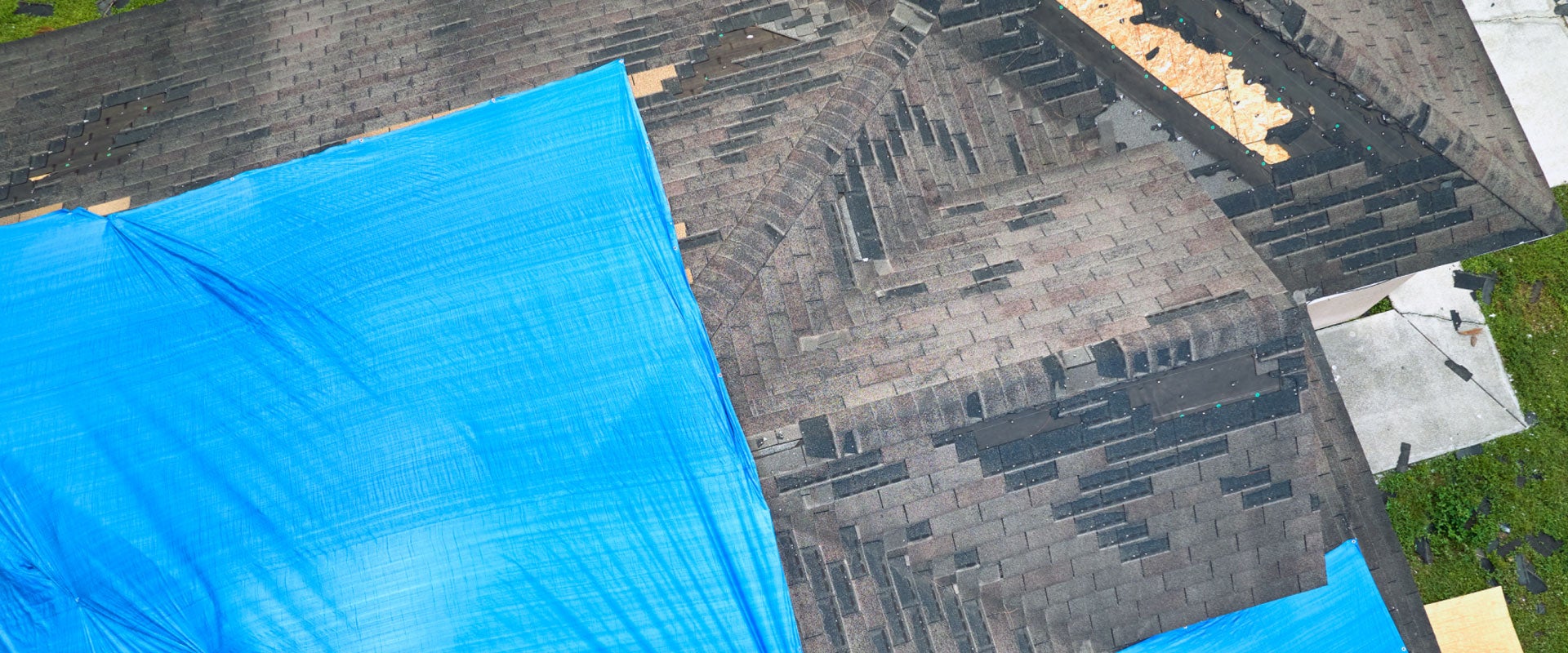WISE overview
While demand for residential services such as HVAC and roofing is driven by a variety of factors, looking at the historical data clarifies to what extent changes in weather have impacted broader weather trends — and by extension, that demand — over time.
With our WISE index, “degree days” (measures of how warm or cold a particular location is) are calculated by measuring the difference between the daily mean temperature and 65°F (the typical baseline for no heating or cooling needed).
Cooling days are recorded when temperatures surpass 65°F; if the daily mean temperature reaches 80°F, for example, that equates to 15 cooling degree days. Heating days, on the other hand, occur when the temperature is below 65°F; if the temperature mean is 50°F on a given day, the result is 15 heating degree days.
The WISE index also examines the change in the number of extreme weather events that can influence demand for roofing, among other categories.
What the WISE index reveals
From the third quarter of 2022 to the third quarter of 2023, there was a notable increase in the number of times roofing-focused public companies referenced severe weather on their earnings calls. But whereas the roofing industry enjoyed higher shipments overall as a result of weather during that time frame, HVAC shipments fell in 2023.
Indeed, in 2023, the U.S. experienced fewer cooling and heating days compared with both the prior year (9%) and the 10-year average (6%), which was attributed to a cooler summer and a milder winter. Compared with the long-term average, the East Coast and the Midwest had fewer heating/cooling days, which implies relatively low HVAC usage. Conversely, there were relatively more heating/cooling days than the long-term average in the U.S. West and Southwest, leading to increased HVAC usage.
Meanwhile, compared with 2022, all regions of the U.S. experienced fewer heating/cooling days, which was attributed to a cooler summer and a milder winter and which led to a decrease in degree days and in HVAC usage (see Figure 1).










